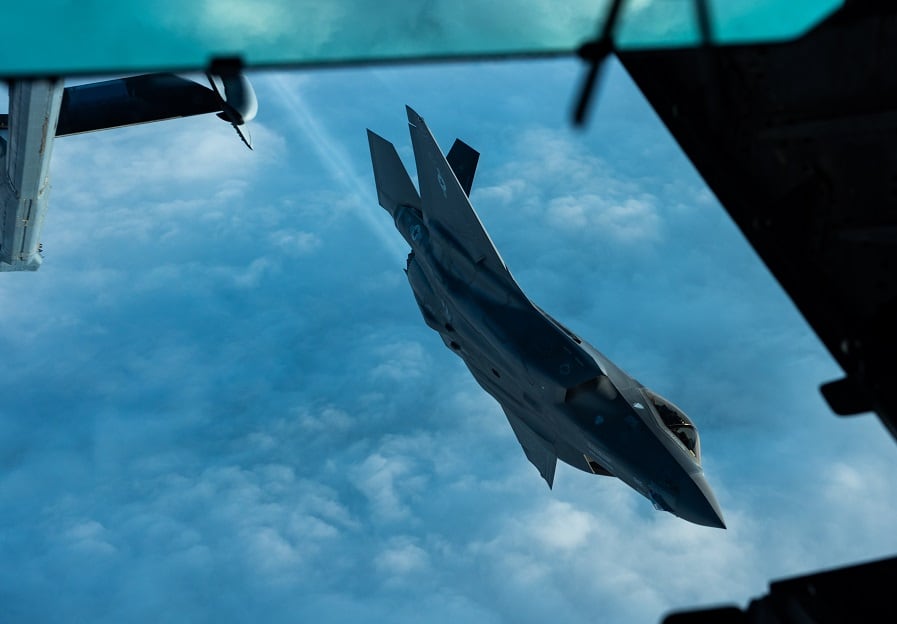As the services work out of a funding and readiness hole brought on by the Global War on Terror and budget gridlock in Congress, both the Navy and the Air Force have signaled that they’d like to grow ― not just in end strength, but in ships and aircraft.
But they should be wary of building that force structure without having enough training hours, maintenance dollars and quality leadership to operate them well, Chairman of the Joint Chiefs of Staff Marine Gen. Joseph Dunford told an audience Wednesday at the Brookings Institution in Washington.
“I don’t dispute need to increase capacity. If we’re going to grow capacity, you need to do it in away where it is meaningful capability,” he said. “When you have to make a choice between capacity and capability, I would go with capability.”
Unit readiness is definitely up since he took office in 2015, Dunford said, when some deep miscalculations had forced the services into a rut. The plan that got them there was hatched back in 2010, when leaders assumed that operations in Iraq and Afghanistan would wind down, and that Congress would be on the same page in terms of funding.
Drawing down troops would give them time and money to rebuild readiness and focus on upgrading equipment, they thought.
“By 2015, it was clear to all of us that, No. 1, the operational environment was not going to change, and our commitments would not be reduced — in fact, they might increase — and the fiscal situation wasn’t going to stabilize,” he said.
It took until 2017 to get a full budget passed, which got the ball rolling on addressing shortfalls in ammunition and spare parts, maintenance and training funds, and in some cases, sidelined aircraft and vehicles.
Now, Dunford said, the military can meet its basic obligations to protect the homeland, help out partners abroad and stay ahead of competitors, but there is a ways to go to stay ahead of great power competitors.
“I feel equally confident in saying that the path that we’ve been on … has to continue for several more years in order for us to address that competitive advantage issue, which is separate and distinct from unit-level readiness,” he said.
RELATED

So to grow the Navy’s ship count or add more squadrons to the Air Force has to be done deliberately, he said, with proportional growth in all of the things that keep those ships and squadrons ready to fight.
“You can’t have force structure without proper training, without proper equipment, without proper leadership, without proper funding to conduct exercises and perform maintenance,” he said.
He alluded to the “hollow force” days of the ’70s and ’80s, when units were mission-ready on paper, but in reality, short on personnel, training hours, maintenance and more.
“I’ve seen us get that wrong twice in my career,” he said. “In my mind, the quality over quantity would be the most important thing I would recommend.”
Meghann Myers is the Pentagon bureau chief at Military Times. She covers operations, policy, personnel, leadership and other issues affecting service members.
